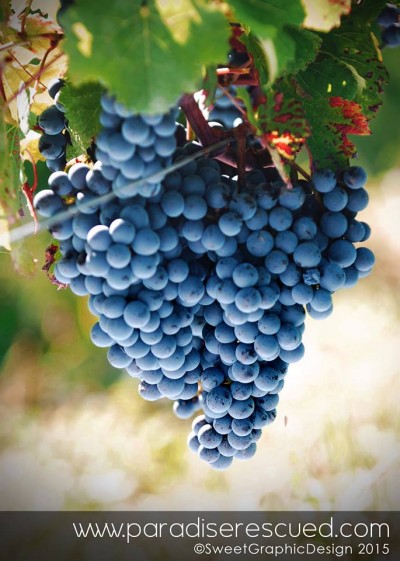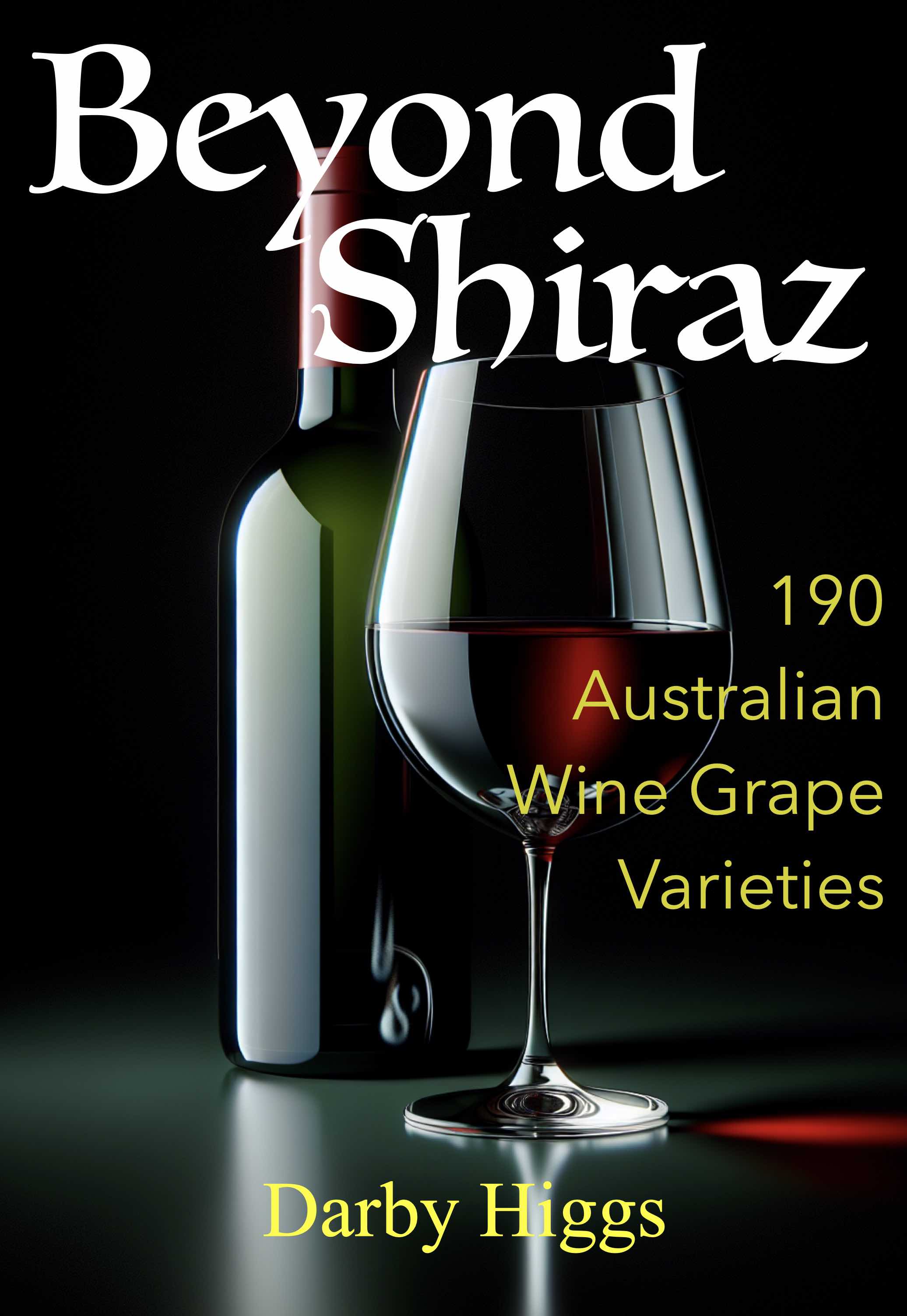Beyond Shiraz Book
Paperback and E-book
Now Available
Is Franc the best Cabernet?
Cabernet franc is largely overshadowed by its more well known cousin Cabernet Sauvignon. However Cabernet Franc is widespread in France, the cooler regions of Europe and in most wine producing countries.
Some synonyms for this variety are Bouchet, Breton bordo.
The most common use for Cabernet Franc is as a blending partner, often minor, in so called Bordeaux blends. These wines are made from blends of Cabernet Sauvignon, Merlot and Cabernet Franc varieties, often with one or more of the less common Bordeaux varieties Malbec, Petit Verdot and Carmenere.
The second use for the variety is as a varietal wine. In most countries this means that wine has to be made from at least 85% Cabernet Franc.
The Difference between Franc and Sauvignon
As their names suggest these two wine grape varieties are related. Cabernet Franc is the older variety, Cabernet Sauvignon seems is its offspring.
It is highly likely that the variety originated in Spain, rather than Bordeaux, perhaps as long ago as the 11th Century.
Cabernet Franc ripens a little earlier and hence can be successful in slightly cooler areas than Cabernet Sauvignon. The Loire Valley and North Eastern Italy, both strongholds of the variety are cooler than Bordeaux.
Cabernet Franc wines tend to be softer than Cabernet Sauvignon. They have more fruit flavours, especially raspberries and thus are more likely to be given less oak treatment.
How Many Cabernets are there?
There are quite few varieties known as Cabernet something.
- Cabernet Blanc is a Swiss bred hybrid. As the name suggests its berries are white.
- The Swiss also bred the dark skinned Cabernet Colonjes and Cabernet Jura varieties.
- Cabernet Carbon, Cabernet Carol, Cabernet Cortis, Cabernet Cubin, Cabernet Dorio, Cabernet Dorsa, Cabernet Mitos are all red berried German bred varieties.
- The Swiss also bred the dark skinned Cabernet Colonjes and Cabernet Jura varieties.
- Not to be outdone the Czechs bred Cabernet Morovia.
- Cabernet Severney was bred by the Russians for cold areas,
- Ruby Cabernet was bred in California for hotter climates.
All of the above are distinct varieties. Strictly speaking Malian and Shalastin are clones of Cabernet Sauvignon.
Cabernet Franc in France
The variety is best known for its use in Bordeaux as a blending partner.
Less well known is Cabernet Franc's role in varietal wines in France, particularly in the Loire Valley appellations of Bourgueil, Chinon and Saumur*. It is also used component of the rose Appellation Cabernet d'Anjou in the middle Loire region.
*This Wine Map of France will get you up to speed about French wine regions
Cabernet Franc in Australia
The variety is used in a similar way to its use in France, mainly as a blending variety, but quite a significant number of Australian wineries are using Cabernet Franc as a straight varietal.
Is it an alternative variety? This is controversial. It's use as a blending partner is certainly not, but there is an argument that the use of the variety to make varietals is alternative.
Australian Varietal CABERNET FRANC
All of theses wineries have made a varietal Cabernet Franc at some stage. Many make it every year .
- Adelina Wines Clare Valley
- All Saints Estate Rutherglen
- Artwine Adelaide Hills
- Bests Grampians
- Bigibila Pyrenees
- Bleasdale Langhorne Creek
- Blood Moon Heathcote
- Boree Lane Wines Orange
- Bulong Estate Yarra Valley
- Byrne and Smith McLaren Vale
- Cape Grace Wines Margaret River
- Chalk Hill Winery McLaren Vale
- Chalou Orange
- Cofield Wines Rutherglen
- Crawford River Henty
- Di Giorgio Coonawarra
- Dodgy Brothers McLaren Vale
- Drakesbrook Wines Peel
- Frankland Estate Frankland River
- Glenhope Macedon Ranges
- Gracebrook Vineyards King Valley
- Grassy Point Coatsworth Wines Geelong
- Happs Margaret River
- Harcourt Valley Bendigo
- Hastwell and Lightfoot McLaren Vale
- Hay Shed Hill Wines Margaret River
- Hemera Estate Barossa Valley
- Hill River Estate Clare Valley
- Howard Vineyard Adelaide Hills
- Jamsheed Yarra Valley
- Jarvis Estate Margaret River
- Jenke Vineyards Barossa Valley
- Koerner Wines Clare Valley
- Leconfield Coonawarra
- Mallaluka Canberra
- Montague Wines Margaret River
- Montefalco Vineyard Porongurup
- Moombaki Wines Denmark
- Otherness Barossa Valley
- Paracombe Wines Adelaide Hills
- Pepper Tree Wines Hunter Valley
- Peter Lehmann Barossa Valley
- Pikes Clare Valley
- Poppelvej Adelaide Hills
- Pyren Vineyard Pyrenees
- Redgate Margaret River
- Rising Yarra Valley
- Rochford Wines Yarra Valley
- Rose Creek Estate Sunbury
- Ross Hill Wines Orange
- Sally's Paddock Pyrenees
- Silverstream Wines Denmark
- Skillogalee Clare Valley
- Somos McLaren Vale
- Squitchy Lane Wines Yarra Valley
- St Leonards Rutherglen
- Steels Creek Estate Yarra Valley
- Surveyor's Hill Winery Canberra
- Swooping Magpie Margaret River
- Tahbilk Nagambie Lakes
- Tallagandra Hill Canberra
- Tamburlaine Hunter Valley
- The Islander Estate Vineyards Kangaroo Island
- The Lane Vineyard Adelaide Hills
- The Stoke Kangaroo Island
- Three Drops Mount Barker
- Tomfoolery Barossa Valley
- Ursi Wines McLaren Vale
- Valentine Yarra Valley
- Vasarelli McLaren Vale
- Victory Point Wines Margaret River
- Way Wood Wines McLaren Vale
- Wild Dog Gippsland
- Wines of Merritt Margaret River
- Woodgate Wines Manjimup
- Xanadu Margaret River

Subscribers to Vinodiversity Community get invites to Darby's Special Taste and Talk Sessions.
The personality of Cabernet franc
Does this variety have a personality?
My friend the Winebird certainly thinks so!
You can find more about the personalities of wine varieites by visiting the Winebird Website.
Cabernet Franc and food
Varietal Cabernet Franc wines are often un-oaked and so they go with foods with herbal flavours rather than rich meats, veal or poultry rather than beef or wild boar for example. In springtime you might serve a Cabernet Franc with an asparagus quiche as an entree.
In his book Daring Pairings Evan Goldstein suggests that this variety goes well with goats cheese.
Maybe you could add a food suggestion via the comments box below...
My new Book
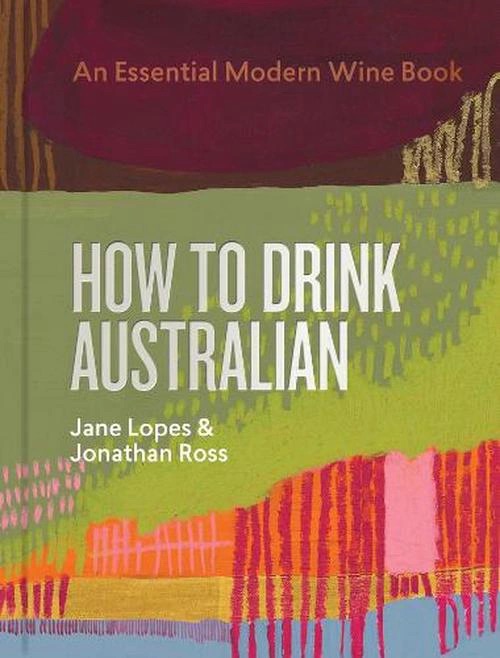
Our Site Sponsors
 Cargo Road Wines in the Orange NSW region is a Site Sponsor of Vinodiversity
Cargo Road Wines in the Orange NSW region is a Site Sponsor of Vinodiversity
 Hahndorf Hill Winery in the Adelaide Hills is a Site Sponsor of Vinodiversity
Hahndorf Hill Winery in the Adelaide Hills is a Site Sponsor of Vinodiversity
 Frankly This Wine is made by Bob
Frankly This Wine is made by Bob
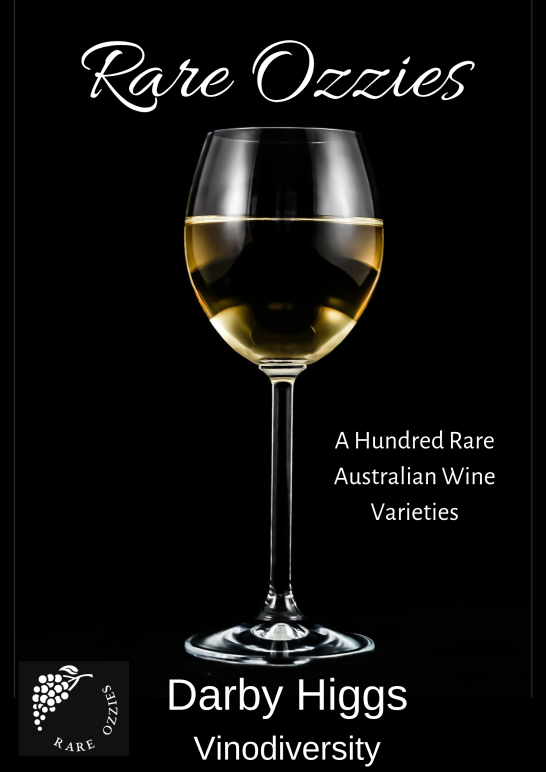 Order this book about Rare Aussie wines
Order this book about Rare Aussie wines
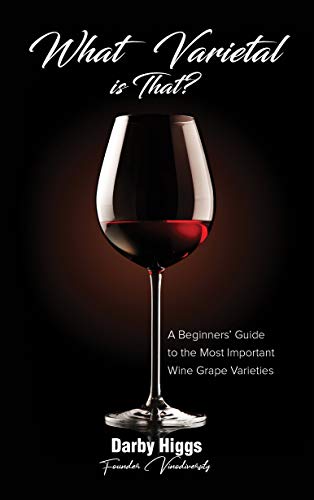 This book describes the most important wines globally
This book describes the most important wines globally
 Savina Road in the Granite Belt Region is a Site Sponsor of Vinodiversity
Savina Road in the Granite Belt Region is a Site Sponsor of Vinodiversity
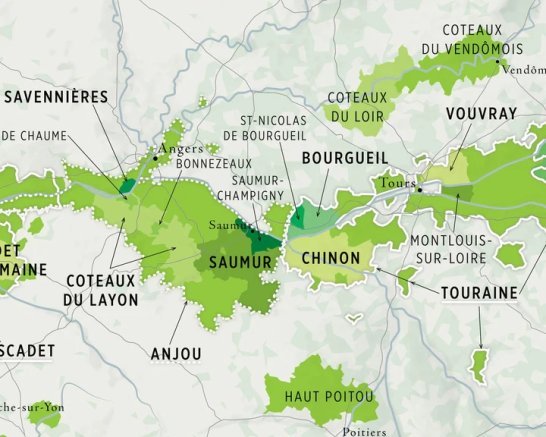 Detail of the new map of France. Italy and Spain also available
Detail of the new map of France. Italy and Spain also available
Become a Site sponsor
You can use this space to promote your winery or wine based business.
See this page for details
Contact Darby for details.
Tweets by @vinodiversity

